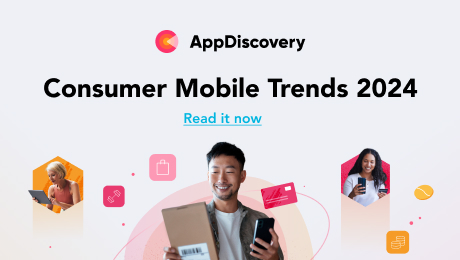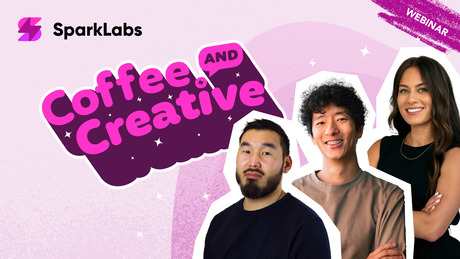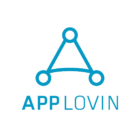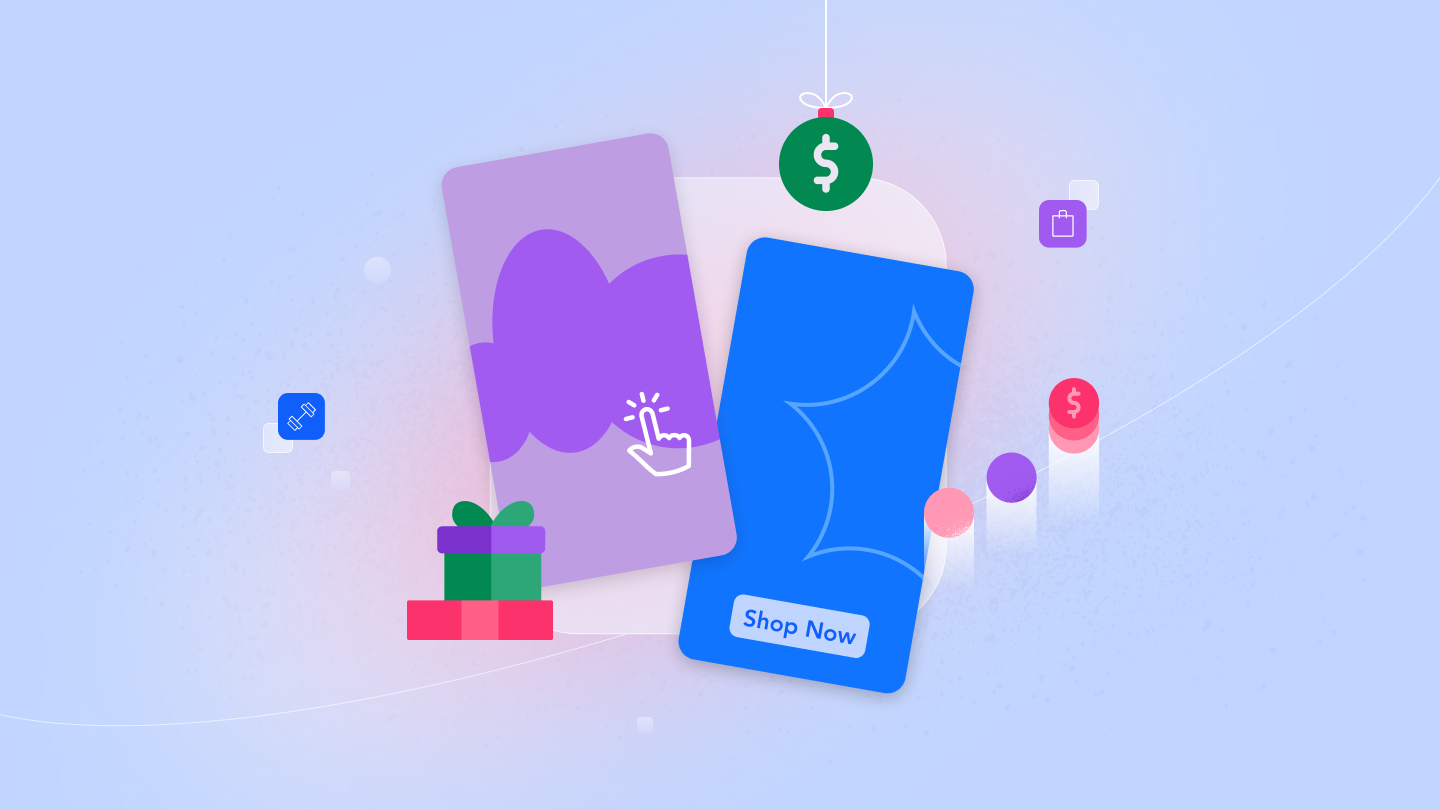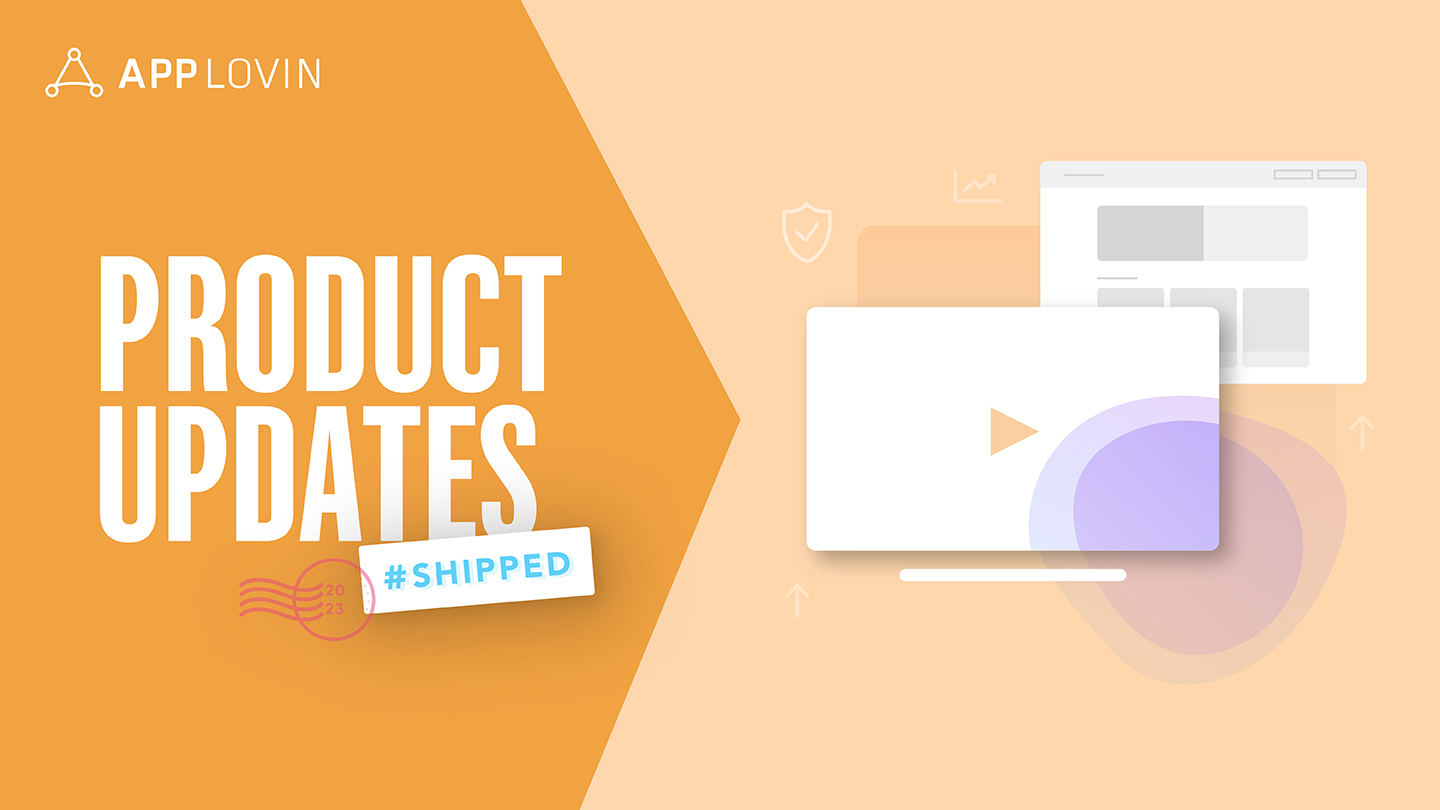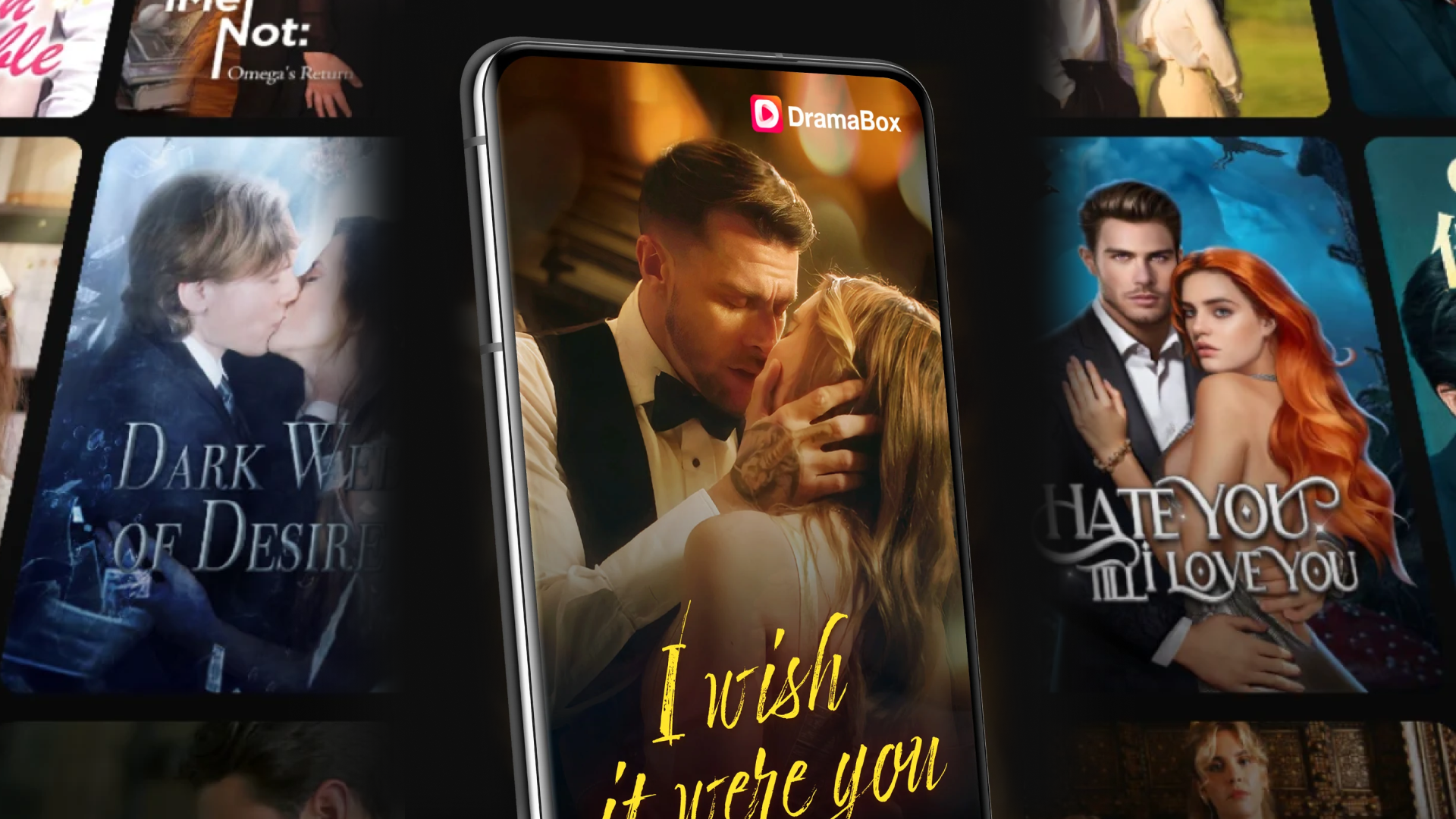It seems odd that banner ads are still a thing, right? After all, banners were first introduced almost 20 years ago, and banner blindness has been a concern for nearly that long. In a space where we have video ads and even playable ads, why are we even giving banners the time of day — much less dedicating an entire blog post to them?
There are a few reasons. The banner may be the oldest of ad units, but it still has a place in the world of mobile marketing. You may be surprised to learn that those little rectangles perform pretty well — definitely better than their desktop counterparts. And when it comes to app marketing, they’re especially useful.
At AppLovin, we’re still huge fans of rich media. We love playable and video ads. We have a whole studio dedicated to creating gorgeous, engaging, interactive ads that drive user action. But the good ol’ banner still plays an important role, and here’s why.
Mobile banners cost less
We all love those rich, interactive ads, but we can’t all afford to create and run them. Banners are not only less expensive to create, they cost less to place. It’s real estate, after all, so it follows that a smaller ad carries a smaller price tag. That’s particularly important for smaller studios and first-time developers.
Here’s a pro tip to remember though: Don’t skimp on design. Banner ads may seem easy enough to create and place on their own, but the success of your campaign depends as much on the look and feel of your ad as it does on placement. A banner that doesn’t follow basic design principles will not drive the same results as a well-designed one — and you’ll be throwing away your media investment. It’s always worth it to spring for a designer so your ad has the impact and gets the attention it deserves.
Banners are a great canvas for creativity
You can create amazing brand experiences and direct-response ads on a banner. Whether you’re relying on an amazing graphic, quirky messaging, or a powerful call-to-action, your banner can drive the downloads, registrations, or purchases you’re aiming for, as well as the ROI you’re targeting. When it comes to creatives, think big, even if the real estate is small.
We’re used to seeing banners
This is an advantage. With all due respect to flashier formats, some people occasionally find them intrusive. Sure, video and playable ads drive amazing results, but not everyone is a fan. Enter the humble in-app banner. It sits politely on the page and allows the user to finish their game or other activity without interruption. The downside to this, of course, is the chance that your ad won’t be noticed. But a well-designed, relevant, and strategically targeted ad will usually capture attention and yield results.
Banners are easy to test
Whether you want to test a single element or different creatives entirely, banners are a lot easier to test than other formats. It comes down to simplicity and size. It’s more affordable to create one banner than it is to create one rich media ad, so it makes sense that it’s also more affordable to create variants of the ads. Since cost is less of a barrier, you can more easily run continued tests until you arrive at the high-performing creatives you need to drive positive ROI.
Banners can extend your reach
Even if you have a huge advertising budget and an enormous portfolio of interactive creatives, banners can be helpful. Not every app welcomes every kind of ad, but the banner is widely accepted. They’re a great way to test user acquisition campaigns against new audiences or in new networks. Their lower price tag can also make them attractive and effective for user engagement campaigns, especially if they’re deep-linked.
Banner ads may be old-school, but there’s still a place for them within in-app marketing, as they are plenty capable of delivering results and ROI. So, get creative — think of how you can use that little strip of advertising to drive big results for your next campaign. They may be small, but they can deliver a lot of bang for your advertising buck.
